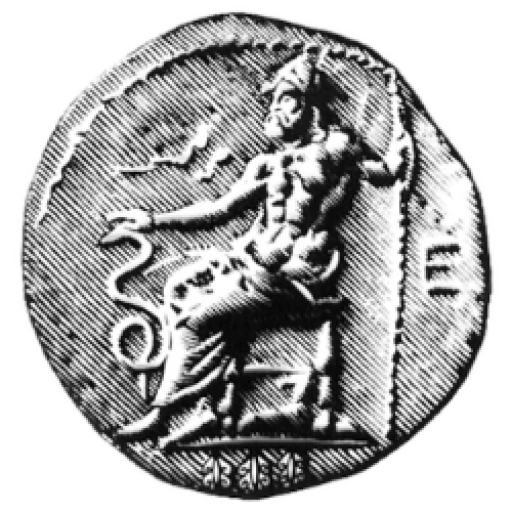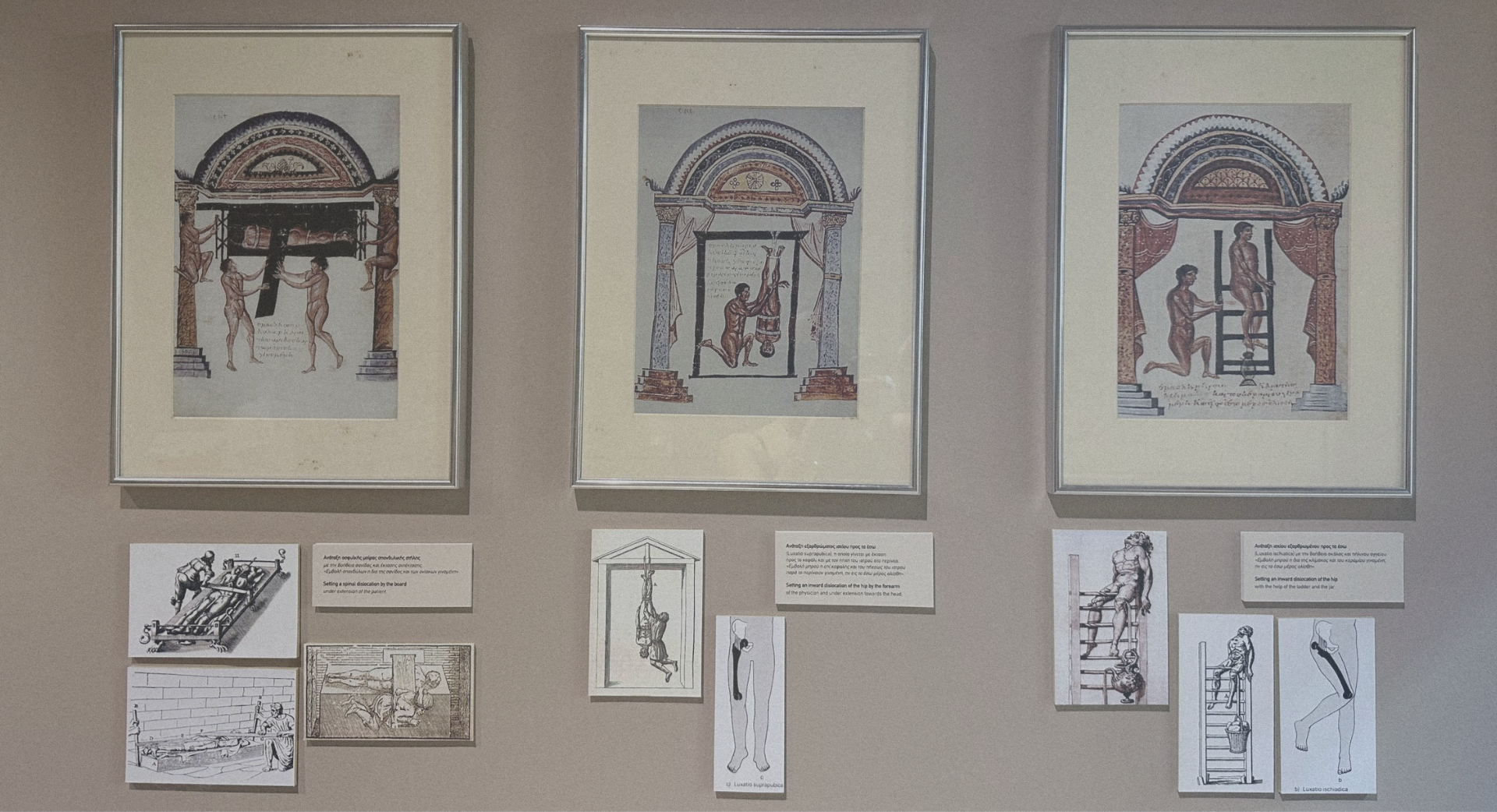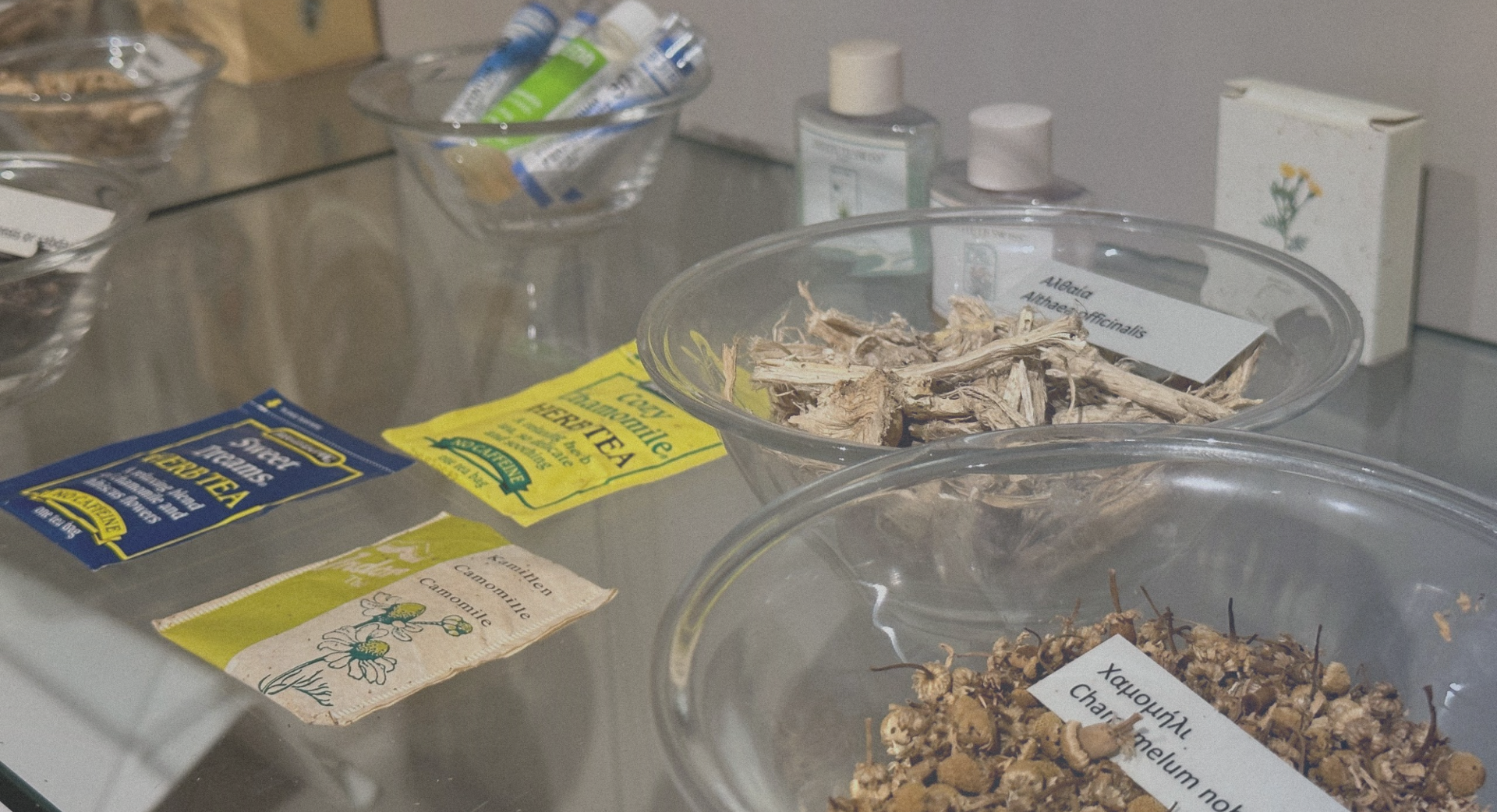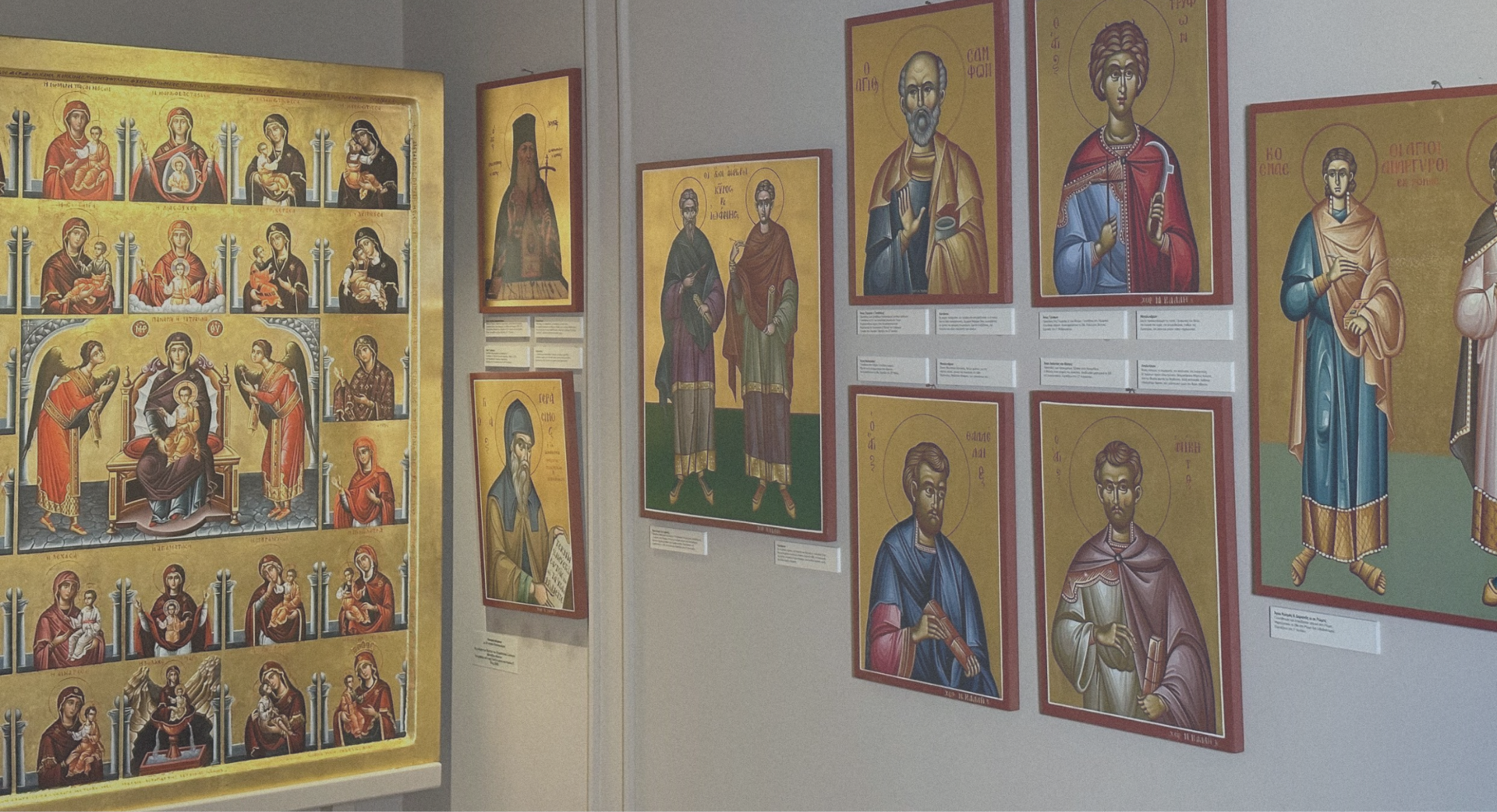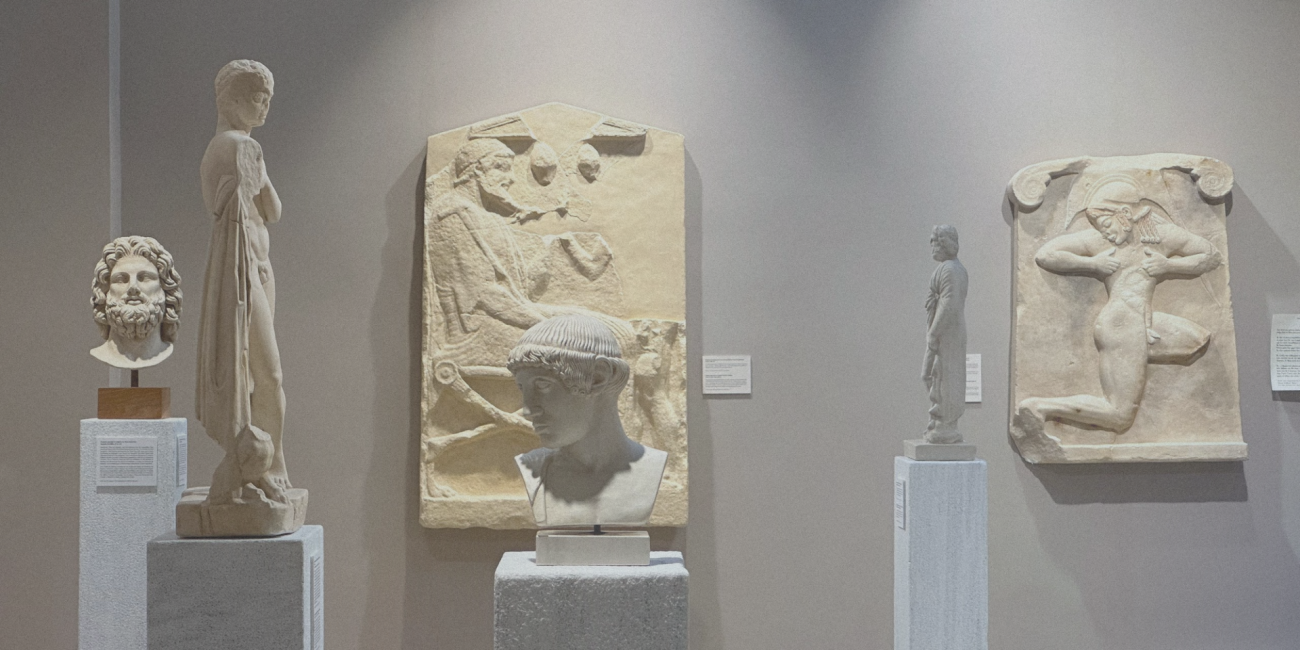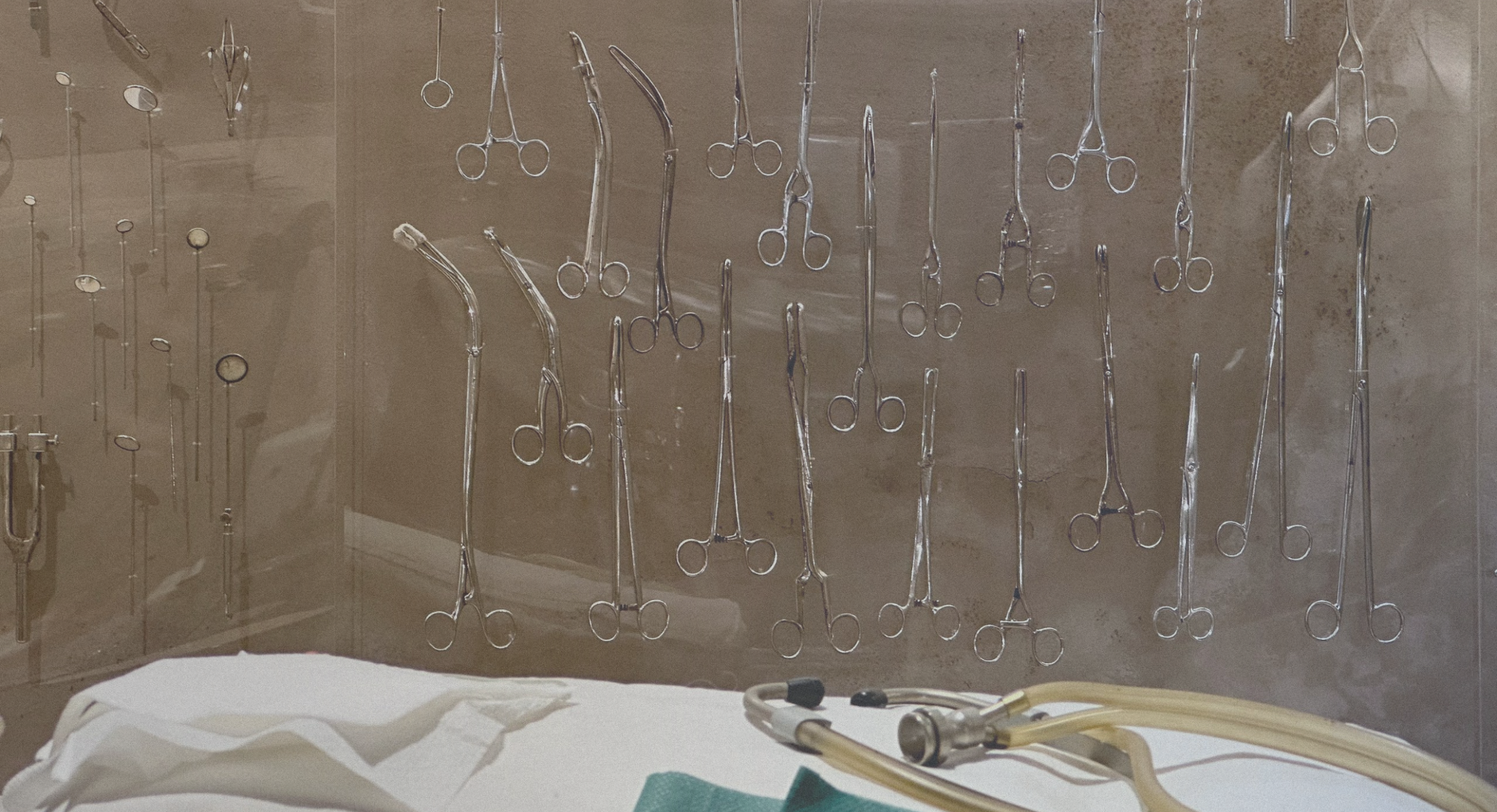
Surgical Instruments
“The instruments are always good for grace, seen in size and weight and delicacy.”
(Per Jesus, 2, Hippocrates)
The practice of surgery has been mentioned since prehistoric times. From time to time, in excavations, surgical instruments have been found that have nothing to envy from the current ones, which we find under the same name for centuries! Knives (sharp or pointed, staped or pointed), bolts, cauldrons, irons, scrapers or scrapers, punches, prongs, incisors, syringes, cutters, levers and osteoblasts, osteologists, bone gouge, bone torches, hammer, needles, needles, sutures, forceps, cautery and catheters, chisels (suction cups), toothpicks, dental scrapers, puncture instruments, multi-pointed instruments, dowsing instruments, mirrors (eroscopes), rotary blades, scrapers, metroscopes, etc. Indicatively, the scalpel has been in the same form for centuries and the forceps remains a forceps, since once a tool has taken on its utilitarian form it remains unchanged for centuries.
The use, the name of the inventor, the scientific name, in relation to the type of surgery for which each surgical instrument is intended, are the basic elements for giving a name to each instrument and are criteria for their classification in more general categories.
The first person to systematically work on the manufacture of surgical instruments was Hippocrates of Caesarea (460-370 BC), who invented drills, forceps, needles, files, pincers and surgical hooks. Of course, the materials used in their manufacture differentiate them and indicate the periods of manufacture and use. Iron was used extensively, but it rusted with moisture and before iron, obsidian was used.
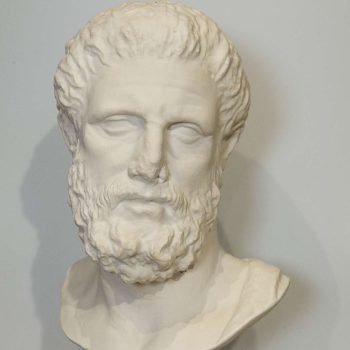
Ambroise Pare, in his work ‘Instrumenta chyrurgiae et ikones anatomicae’, describes the design and manufacture of a variety of surgical instruments, while craftsmen in iron, copper and silver succeeded in designing thinner and easier to use instruments.
The discovery of titanium (1791) and chrome (1761) marked a milestone in the modern manufacture of surgical instruments. The discovery of stainless steel was made in 1821 by Pierre Berthier, who discovered that the chromium layer protects the steel from corrosion, so that the instruments can be reused by sterilisation. There are, of course, disposable tools; most tools are made of stainless steel with various alloys of iron, chromium and carbon, depending on the manufacturer and the intended use.
The use of lasers, laparoscopic and robotic surgery gives a new perspective to the science of medicine and signifies a new direction in the functionality and construction of surgical instruments.
The extensive collection of the M.I.I.P.I., accompanied by 2500 surgical instruments, highlights important details of tools whose use has shaped the delivery of healthcare to a significant degree, reflecting the evolution of health sciences in recent years.
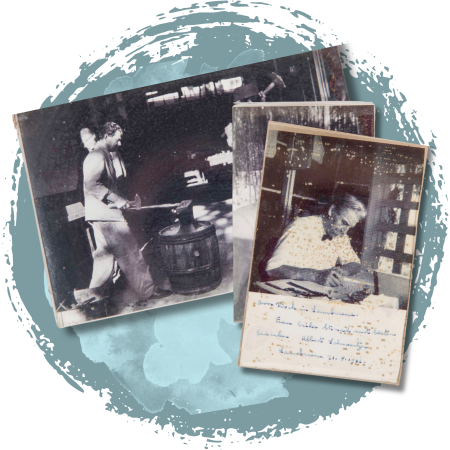
The M.I.I.I.P.I. also exhibits Joseph Strnad’s tools, some of them in unprocessed form. These important exhibits show the precision and complexity of their construction, as well as the sensitivity of the maker.
Joseph Strnad -1889-1962- from Strelna, Slovakia, was perhaps the last craftsman to produce the finest surgical instruments, from 1919 in Zurich. He was able to create the most complex instruments that surgeons asked of him, starting with the sketch, continuing with the steel casting in the furnace and the lathe.Together with the greatest internationally renowned surgeons from Europe, America, China and Australia, he created particularly remarkable and complex instruments, which are still copied today, more than 100 years after their conception.
With the “History of surgical tools” app, an interactive exploration, a journey through the history of medical innovation, takes place.
More Applications

